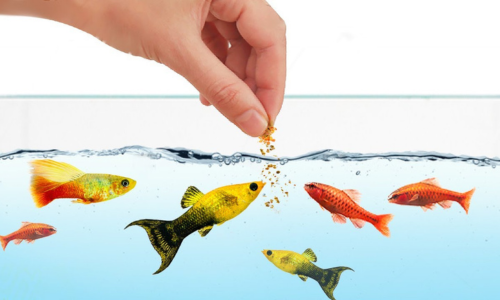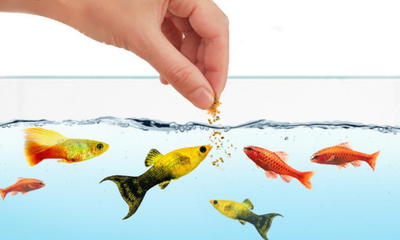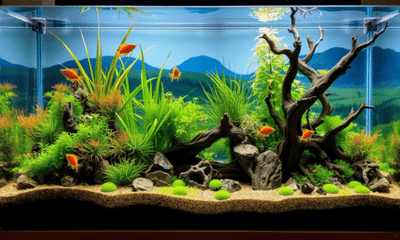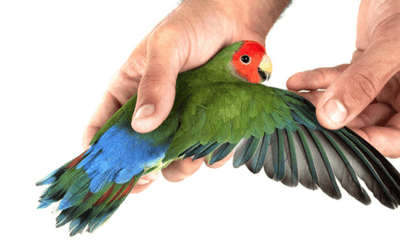Feeding your fish may seem simple, but overfeeding or underfeeding can cause serious health and water quality issues in your aquarium. Understanding how much and how often to feed your fish is key to keeping them healthy, active, and thriving. Many new fishkeepers struggle to strike the right balance, which can lead to obesity, pollution, and behavioural problems. This guide will explain how to feed your fish correctly, the factors that influence feeding schedules, and tips for maintaining water quality while ensuring your fish get the nutrition they need.
Why correct feeding matters
Fish rely on you for their diet, and their health depends on receiving the right nutrients in appropriate amounts. Overfeeding is one of the most common mistakes, leading to:
-
Uneaten food decaying in the tank, causing ammonia spikes
-
Cloudy water and algae growth
-
Obesity and fatty liver disease in fish
-
Increased risk of disease and stress
Underfeeding, on the other hand, can result in slow growth, weak immune systems, and lethargy. Striking a balance ensures your fish get enough nutrients without compromising water quality.
How much to feed
A common guideline is to feed only what your fish can consume in 2–3 minutes, once or twice per day. Observing your fish while they eat helps determine if they are getting the right amount. Uneaten food should be removed promptly to prevent water contamination. Different species have different appetites. Active fish such as tetras, barbs, and danios may require slightly more frequent feeding, while less active species like bettas or goldfish can thrive on smaller, more controlled portions.
Feeding schedules
-
Tropical fish: Generally fed once or twice a day, with small portions
-
Bettas: One to two small feedings per day, avoiding overfeeding to prevent bloating
-
Goldfish: Once or twice daily, but avoid feeding at night since uneaten food can sit in the tank
-
Cichlids and larger fish: Can tolerate slightly larger meals, but still avoid overfeeding
Juvenile fish may need more frequent feedings than adult fish to support growth. Adult fish require smaller, more measured portions to maintain health without excess waste.
Choosing the right food
Fish diets vary based on species and natural habits. Common types include:
-
Flakes: Suitable for small tropical fish; provide balanced nutrients but should be consumed quickly to avoid sinking and rotting
-
Pellets: Available in sinking or floating varieties; ideal for larger fish and species that feed at different water levels
-
Freeze-dried or frozen foods: Offer protein-rich nutrition; best used as a supplement rather than a staple
-
Live foods: Encourages natural hunting behaviour and adds variety, but should be sourced from reputable suppliers
A balanced diet often combines a staple food with occasional treats like frozen or live insects, brine shrimp, or vegetable matter depending on the species.
Monitoring feeding behaviour
Observing your fish during feeding is crucial. Signs your fish may be overfed include:
-
Uneaten food lingering in the tank
-
Fish appearing bloated or sluggish
-
Cloudy water or increased algae
Signs of underfeeding may include:
-
Fish searching for food constantly
-
Slow growth or lack of energy
-
Aggression over limited food
Adjust portion sizes and frequency based on these observations to maintain optimal health and water quality.
Tips to prevent overfeeding
-
Use a small feeding spoon or a measured amount of flakes/pellets
-
Feed smaller portions multiple times a day rather than one large meal
-
Remove uneaten food after 5 minutes to prevent waste accumulation
-
Rotate types of food to provide balanced nutrition and prevent selective eating
Maintaining water quality while feeding
Even with careful feeding, food and waste will impact water quality over time. Regular maintenance is essential:
-
Perform partial water changes weekly (about 20–30%)
-
Use a quality filtration system appropriate for your tank size
-
Test water regularly for ammonia, nitrite, nitrate, and pH levels
-
Remove uneaten food promptly to avoid spikes in ammonia
Proper feeding, combined with filtration and regular water changes, ensures a stable environment where your fish can thrive.
Feeding your fish correctly is more than just dropping food into the tank. By understanding portion sizes, feeding schedules, and species-specific needs, you can prevent overfeeding and underfeeding, maintain water quality, and promote long-term health for your fish. At Woonona Petfoods, we provide a wide range of fish foods, supplements, and aquarium supplies to help you feed your fish the right way. Our team can advise on portion sizes, feeding routines, and the best diet for your species so your aquarium remains healthy and vibrant.






